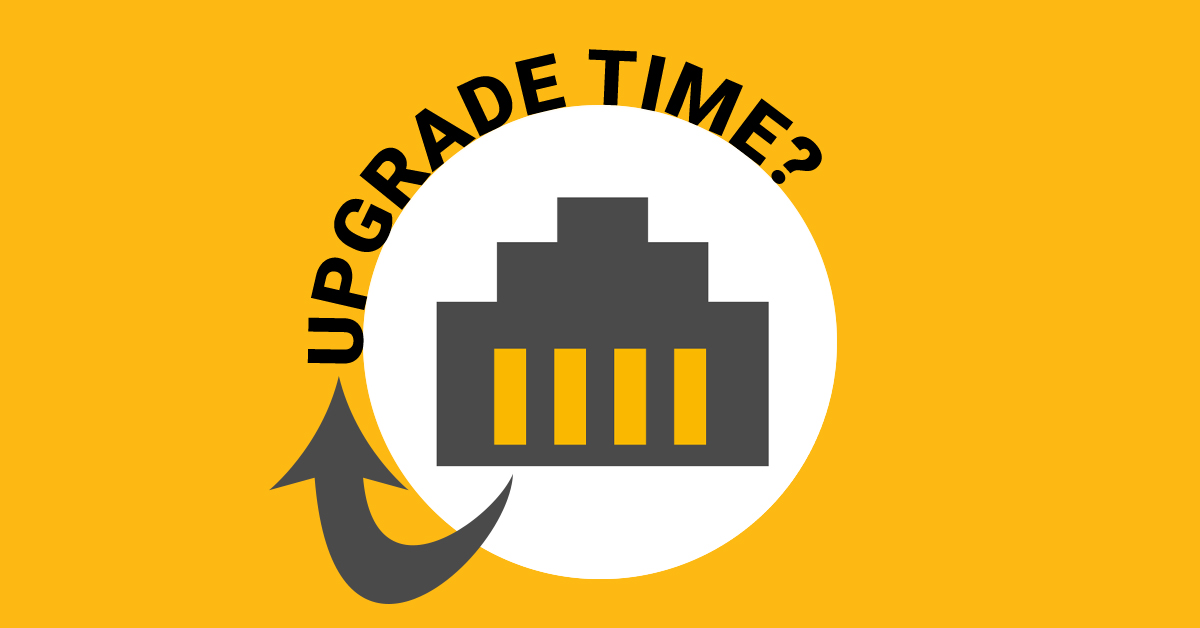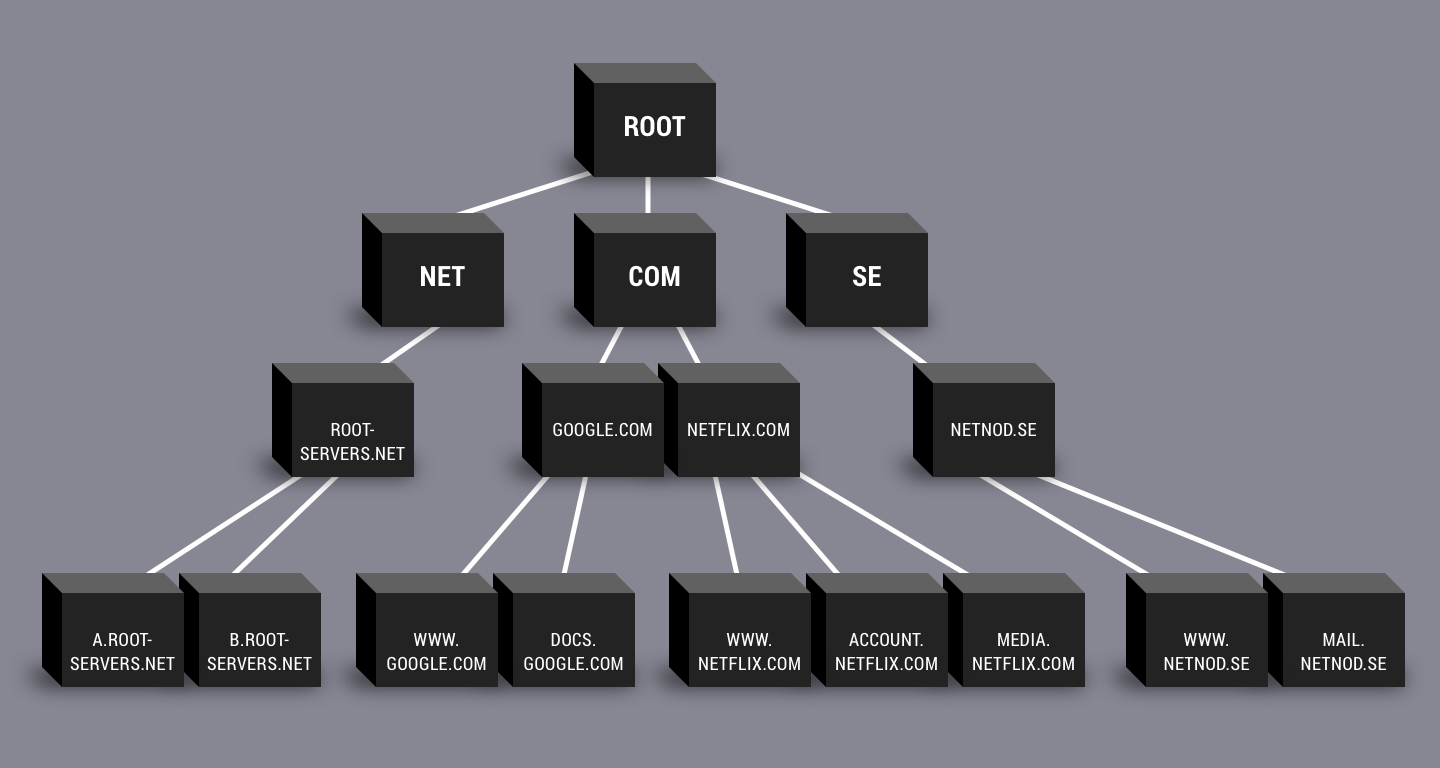Educational resources
Want to know more about the latest interconnection trends, peering strategies and connection options in the Nordics? Check out our latest 5 minute webinar!
We have been seeing a big increase in upgrades at the Netnod IX. When a network needs to increase capacity, upgrading at the IX is a quick and flexible solution. But when is the right time to upgrade and what do you need to consider?
Any company doing digital business needs an IT strategy that ensures network security, reach and performance. Interconnection plays a key role here. The right interconnection strategy grows your network, saves costs and provides the flexibility to scale and guarantee high-performing services.
Are you new to peering and want some quick tips and tricks? Check out our new 6 minute peering webinar!
In this short video Lars-Johan Liman, Senior Systems Specialist, gives a brief overview of the I-root service provided by Netnod.
Netnod provides a Network Time Security (NTS) service. This page explains how you can start using NTS. It explains how to set up an NTS client and how to connect to Netnod’s NTS servers.
An Internet Exchange Point is where Internet networks come together to peer or exchange traffic between their networks. Peering is a process by which two Internet networks connect and exchange traffic.
Peering is a process by which two Internet networks connect and exchange traffic. It allows them to directly hand off traffic between each other’s customers, without having to pay a third party to carry that traffic across the Internet for them. Peering is distinct from transit, the more usual way of connecting to the Internet, in which an end user or network operator pays another, usually larger, network operator to carry all their traffic for them.
An Internet Exchange Point is where Internet networks come together to peer or exchange traffic between their networks. Internet exchange points are not Internet service providers. While they allow network operators to exchange traffic with other network operators, an exchange point will not sell you anything resembling complete Internet connectivity. They are, instead, one of the building blocks around which the Internet is built.
Root name servers are the servers at the root of the Domain Name System (DNS) hierarchy.
Every Internet user and organisation with an online presence is dependent on the DNS whether they know it or not. The DNS is used by every Internet application to transform human-readable names such as www.netnod.se into the numeric string (known as the IP address) for that domain. While the DNS should largely be transparent to users, organisations with an online presence need to ensure their DNS setup is robust. This page gives an overview of how the DNS works, what is involved in DNS queries and DNS caching, and how to optimise DNS performance.





